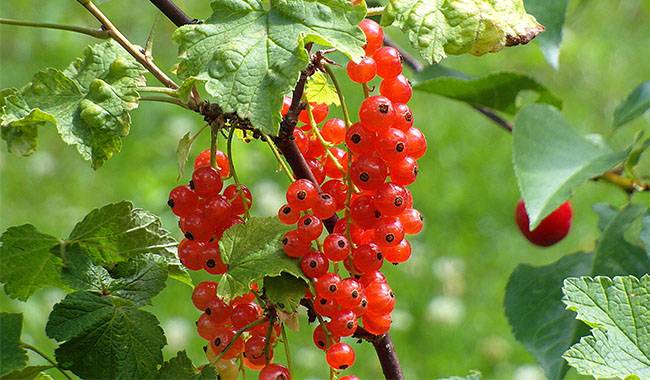
Currant is not only tasty and healthy, it grows and matures in all climatic conditions. So how do you pruning currant bushes in the spring?
Despite the rusticity of this berry bush, it still requires some attention. Pruning and spring currants’ care depends not only on the growth of the crop but also on the health of the bush with its long-term active fruiting.
WHY SPRING PRUNING IS NEEDED
Like many other berry shrubs, currant is characterized by active fruiting only on young shoots. The highest yields are achieved on young shoots.
At the same time, the bush is forced to irrationally consume nutrients, not using them to ripen berries and form fresh buds, but to maintain the longevity of older stems.
Regular pruning of branches older than 3 years can rejuvenate the bush and help it to grow actively and bear fruit.
Spring pruning is very important for health. After winter, some branches may break under the weight of snow, bushes often destroy rodents or other animals, and some branches may frost.
In such shoots, pests are usually the offspring, and spores of fungi or pathogens can be found in the folds and cracks of the bark. During spring pruning, all damaged and dry branches will be removed.
The next most important function of spring pruning is the formation of bushes. The raisins grow randomly and form a large number of young shoots.
With the passage of time, the inner space of the bush is greatly covered and the air exchange in it is disturbed, which leads to the appearance of diseases and a decrease in productivity.
During spring pruning, thickened buds are removed and buds growing deeper in the bush are cut off. In addition, the number of buds can be standardized if the task is to obtain a crop with good marketability.
WHEN TO PRUNE CURRANT IN SPRING
The time of spring currants pruning depends on the growing area. The best time is when the vegetation on the bush has not yet started but the frost has stopped.
You can solve this problem by melting the snow. Usually, the best time for spring pruning coincides with the complete disappearance of the snow-pack.
Temperatures at this time are within 3-5°C (37.4-41°F), but the sap flow in the buds has not yet started and the buds have not yet begun to swell. In the center, currants are cut in late March or early April, and a little later in the north.
PRECAUTIONS
If there is no pruning date in spring and the foliage starts to flower on the bush, it is better to postpone pruning until autumn. Improper implementation of the procedure will considerably weaken the currant, the recovery time will be long, the fruiting period will be considerably delayed, and the yield will be reduced.
PRUNING CURRANT BUSHES IN SPRING
Pruning currant in spring is usually not difficult, even for beginners. However, certain variants of this bush, more specifically the red currant and the white currant, have small differences in procedures and methods compared to the black bush.
PRUNING OF SPRING CURRANT
Unlike the currants, the red currant does not age as quickly. Its shoots can produce up to 5 fruits for up to 7-8 years if carefully tended.
The annual growth of red currant is much smaller, so pruning of the shrub in spring is not very intensive. Usually, branches are removed only after their annual growth has been reduced to 15 cm or less.
In the spring, the bushes are disinfected and all diseased, dry and damaged branches must be cut off.
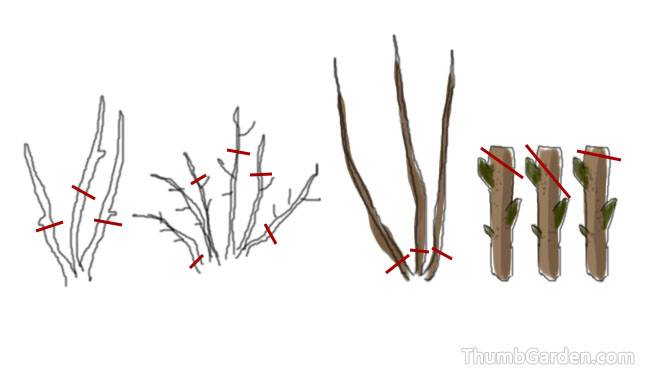
The pruning regimen for spring currant and red currant is slightly different. an important feature of red currant is that its main fruit is in the annual growth area, so it is not squeezed.
In this respect, it differs from black, which usually ripens in the lower part of the bud. Thus, in contrast to the red or white varieties, the shortening of black currant growth has no significant effect on the crop.
PRUNING OF BLACKCURRANTS IN SPRING
Most of the blackcurrant crop matures on 2-3-year-old shoots. Therefore, it does not make sense to leave branches that are 5 years old or earlier on the branch, because the fruit-bearing is weak and they absorb a lot of nutrients.
Such branches need to be completely cut off in spring, and young branches should be shortened. The annual buds are cut to 1/3 of their length and the excess foundation buds are completely removed. This is a brief overview of the spring pruning of blackcurrants.
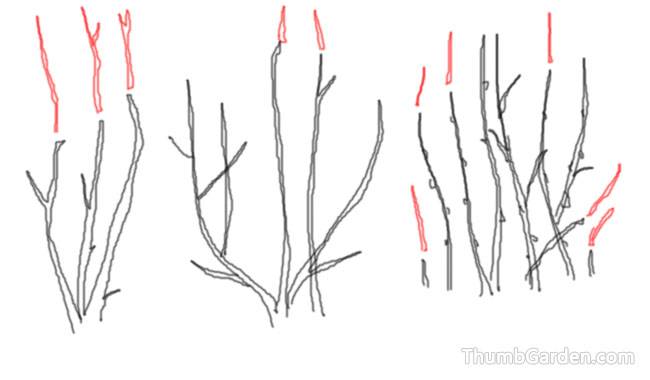
Pruning of currants in spring
There is no fundamental difference between white and red currants. They have the same structure and life cycle, the only difference being the absence of coloring pigments in the berries. Therefore, when pruning white currants in spring, gardeners should follow the same rules as for red.
How to prune black currants in spring
When pruning black currants in spring, use a garden pruner. For thicker older branches, it is more appropriate to use diagonal wood.
Before carrying out the work, the blade must be sharpened, in which case the cut will be smooth, clean and the blade is not torn.
As a result, he heals more quickly. Before starting work, the cutting tool must be disinfected with any liquid containing alcohol to exclude the possibility of infection.
PRECAUTIONS
After complete removal of the branch, the cut should be made as close to the ground as possible, without leaving a stump.
There are several ways to perform the cutting. Depending on the purpose, they can be as follows.
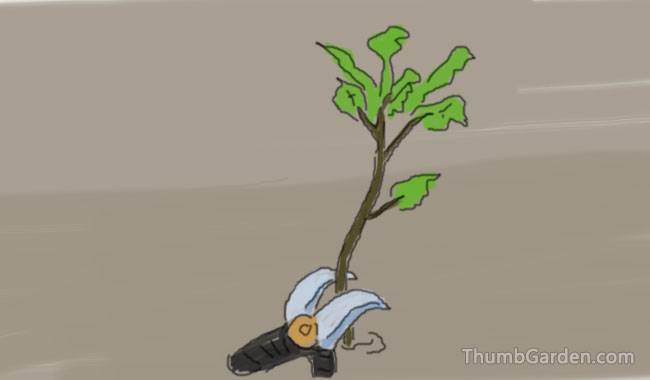
Pruning the main pole. This is nothing more than the complete removal of the bud. Slicing is performed at the bottom of the circular surge, which is the starting point of the branch growth.
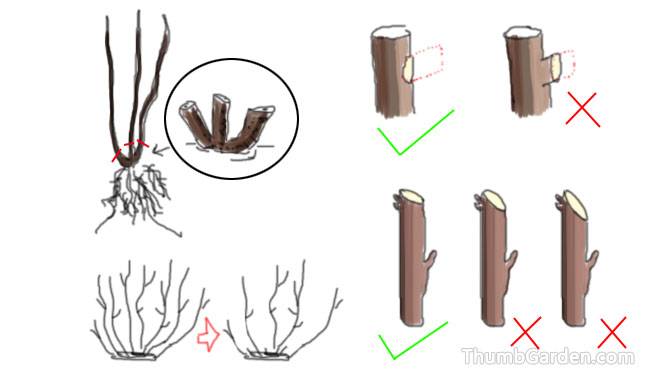
Pruning of branches. This method is used to change the direction of growth of the branch by truncating it just above the pole, which grows in the same direction as necessary.
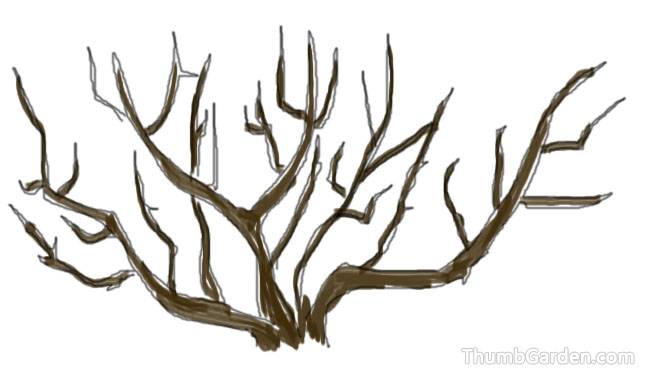
Pruning of redundant branches. Of the two or more new shoots, only one remains to develop or grow better in the correct direction.
Tips
Always use safety glasses and gloves when working.
PRUNING WORK
Hygienic pruning of black currants is carried out not only in spring but also in autumn and in case of emergency (for example, when the bush is damaged by disease or mechanical damage).
The purpose of this procedure is to remove debris (broken and dried buds), which are often breeding grounds for diseases and gathering places for pest larvae. In addition to cleaning, excess foundation buds must be cut off to reduce the internal space of the bush
Formative cutting
Formative pruning of currant bushes is done in the spring for several years, starting the year after planting. It consists of standardizing the number of young shoots, as well as reorienting the growth and strengthening the lateral branches of the bush.
As a result of this operation, the bush should add 3-4 strong branches per year. The ultimate goal of pruning is to form a strong fruit-bearing bush in 4-5 years, including 15-20 branches of different ages.
- After planting blackcurrant seedlings in a permanent place, cut the buds to a height of 15-25 cm (5.9-9.84inch) from the ground. In this way, the growth of lateral branches is stimulated.
- Normalize growth for 2 years – Select 3-4 of the most vigorous and promising new shoots from the whole young shoots, which are evenly distributed around the bush.
In mid-summer, pinch their growing points to promote the development of lateral branches. Shorten the 2 new growth buds, leaving 4 to 8 buds on them.
- In the 3rd and 4th years, the formation of blackcurrant bushes continues. Young shoots are cut off. If the branches cross each other and go deeper into the bush, they should also be removed.
Each year two to four buds remain that grow evenly along the edge of the bush. The new shoots of the first year will shrink and the older branches will be shortened by 2-4 shoots from each branch.
- In the fifth and second year, the bush begins to partially rejuvenate. Select the 3-5 strongest stems from the growing foundation buds and cut off all the rest in the ground.
Every year cut off the old fruiting branches and cut them off completely after 6-7 years. If side branches are placed on the ground, remove them as well.
Using pruning, you can form black currants on the stems. To do this, leave only one bud and cut off the rest of the foundation buds regularly.
In mid-summer, pinch the top of the head, which helps to branch laterally. The black currant on the stem has a beautiful decorative appearance.
In addition, the ripe berries will have a larger size and good taste, but the yield will be significantly smaller in terms of quantity. A significant disadvantage of this technique is the rapid aging of the bush, where blackcurrants on stems can grow for no more than 5 years.
Tips
When growing in the standard way, the branches must be tied to a support.
In addition to the traditional methods, there are many special methods of pruning black currants which are used in different years to increase yields.




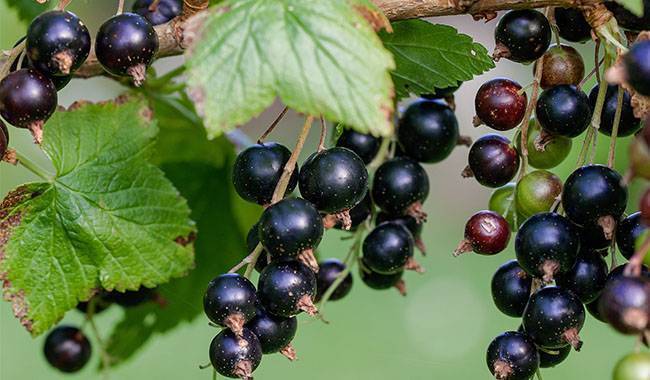
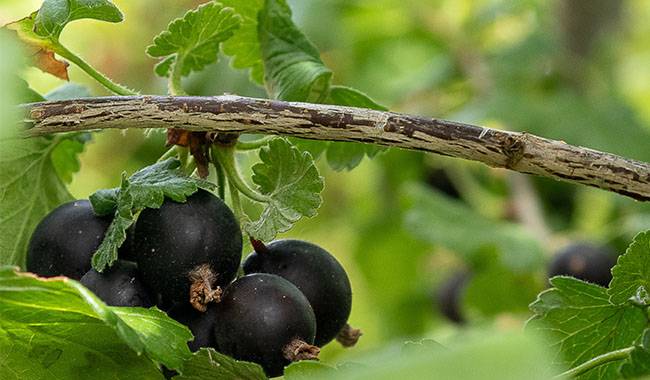
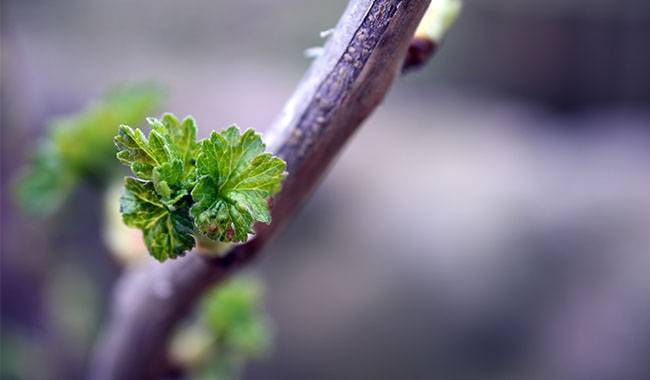
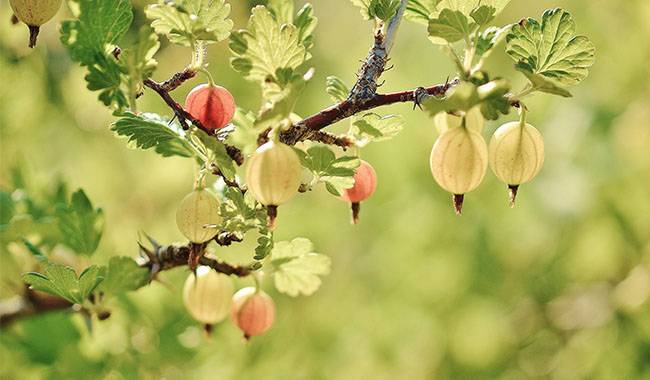
Hello to all, the contents present at this website are
in fact remarkable for people knowledge, well, keep up the nice work fellows.
Thank you for the compliment.
Very energetic blog, I loved that a lot. Will there be a part 2?
Thank you for the compliment. Yes, it will follow up.